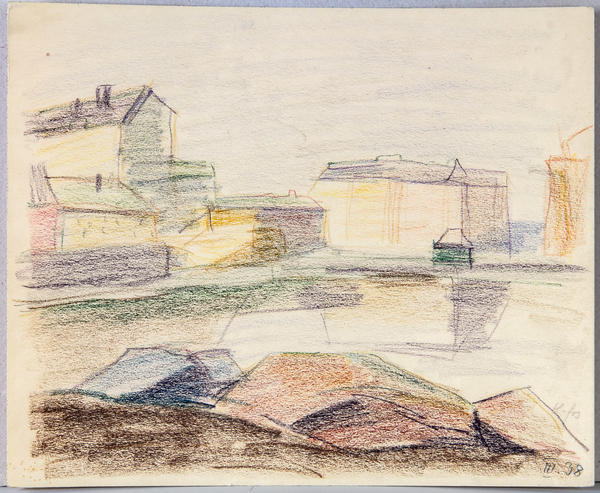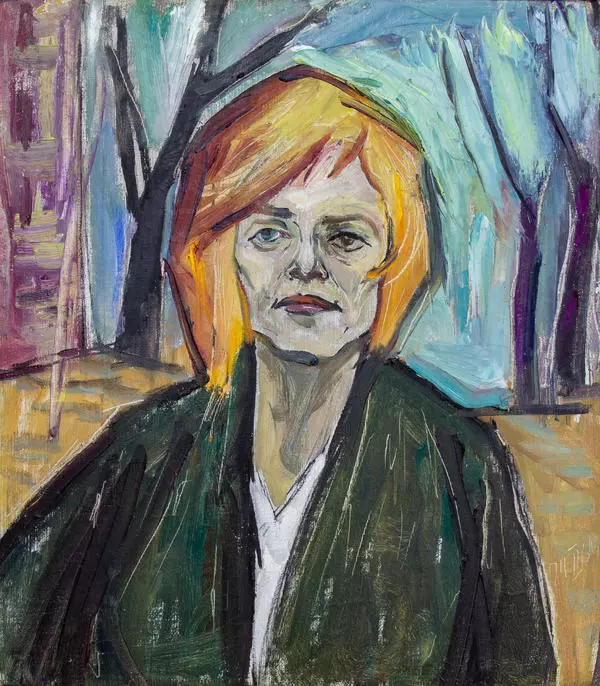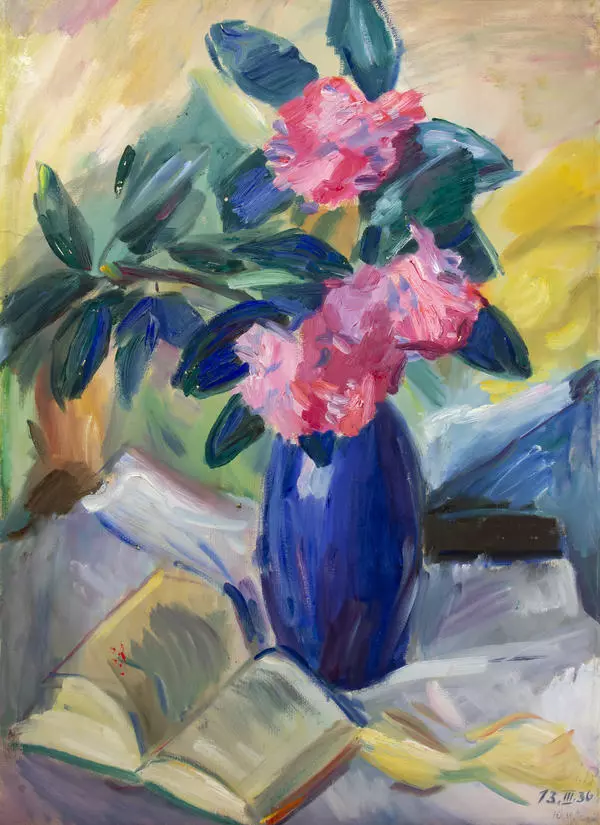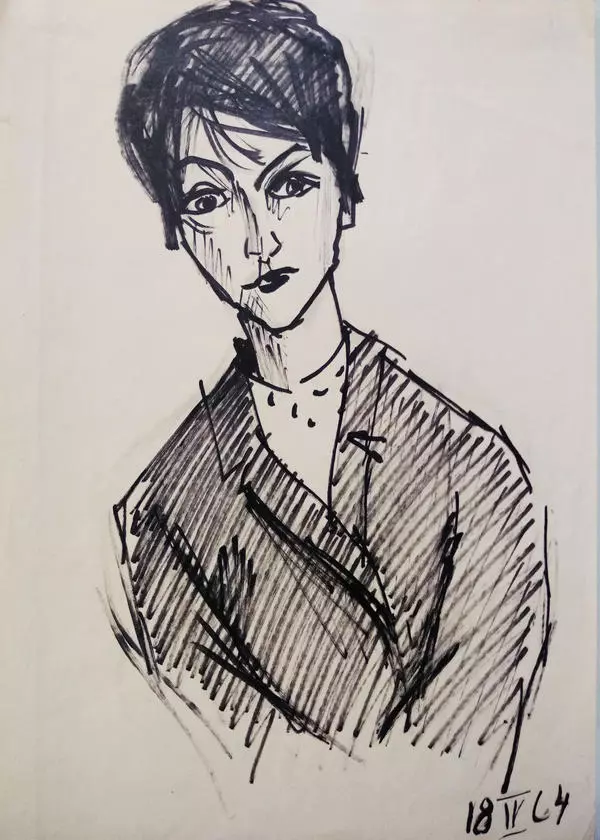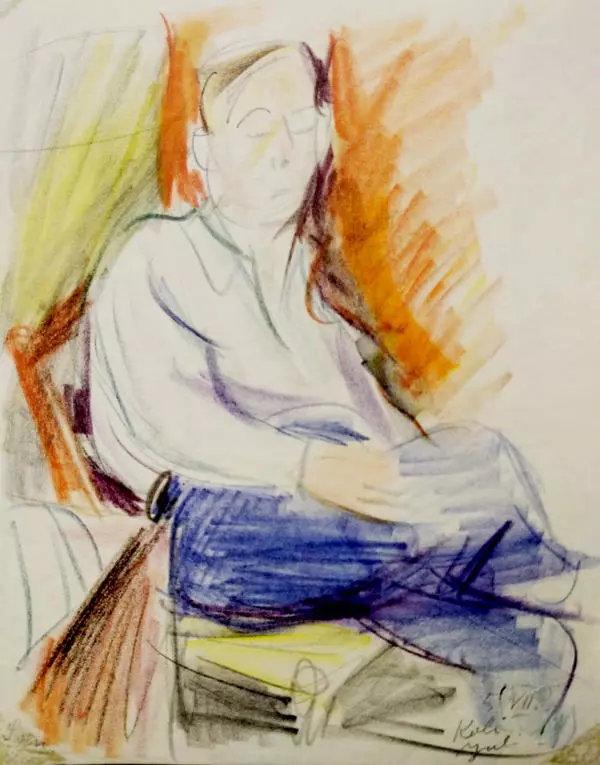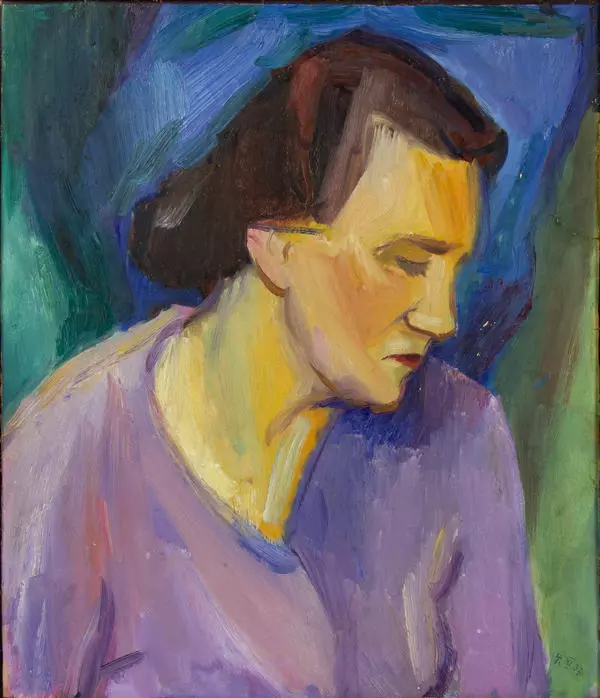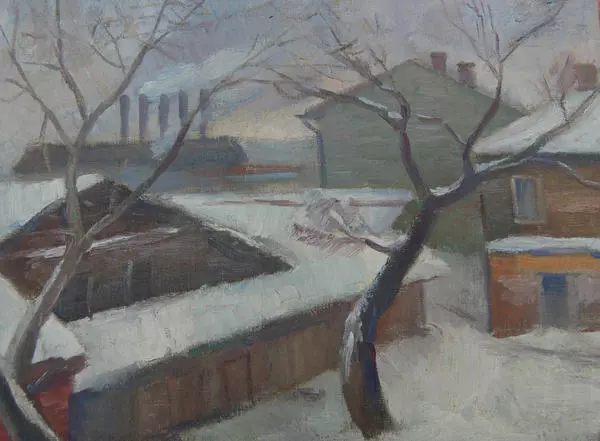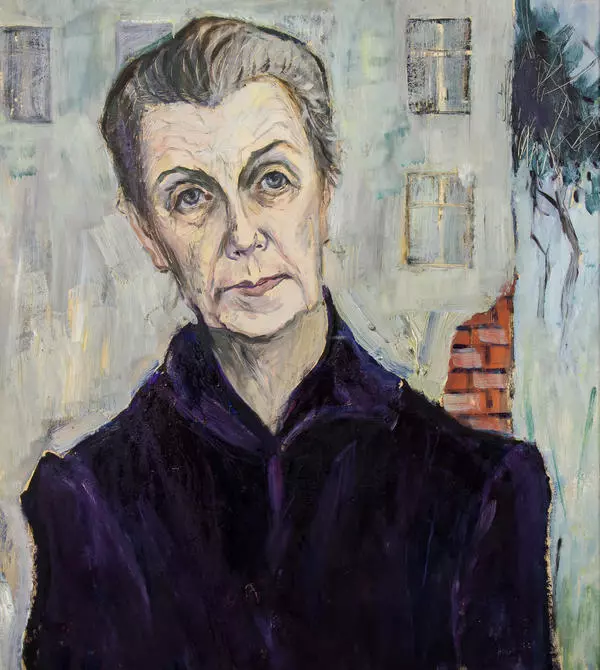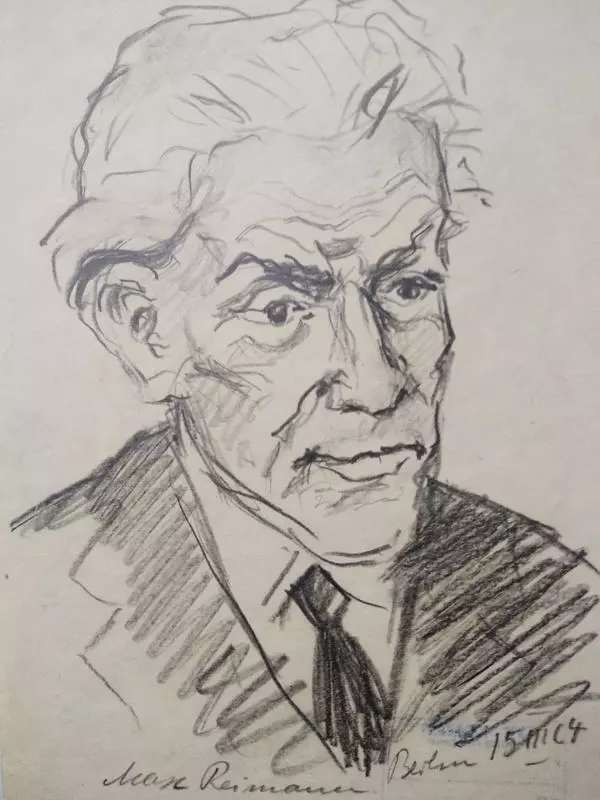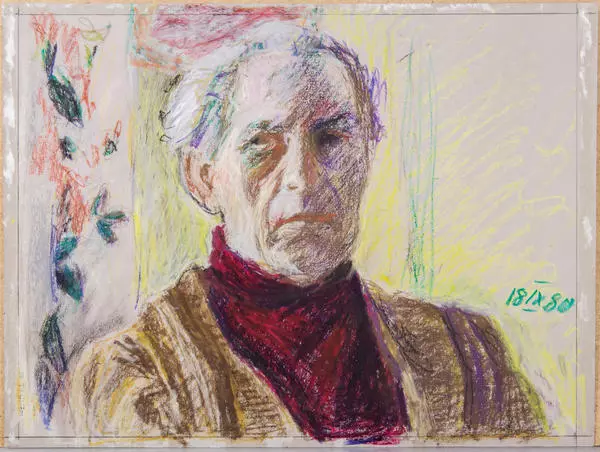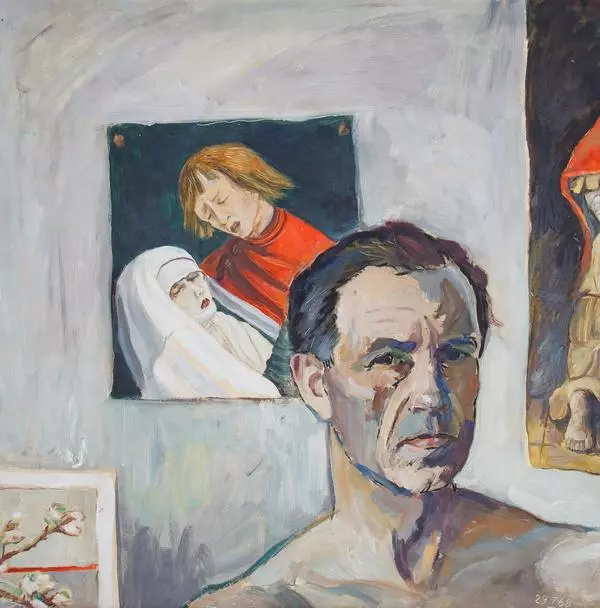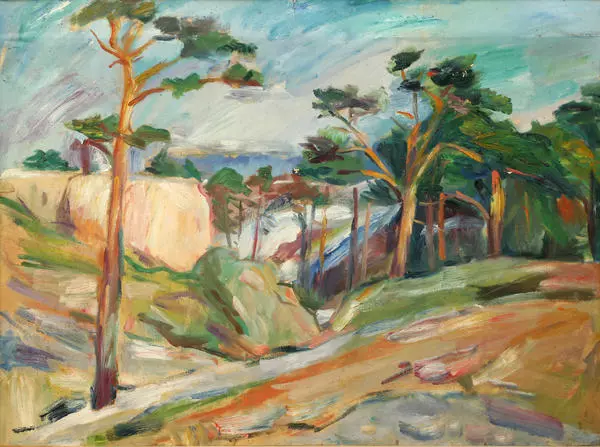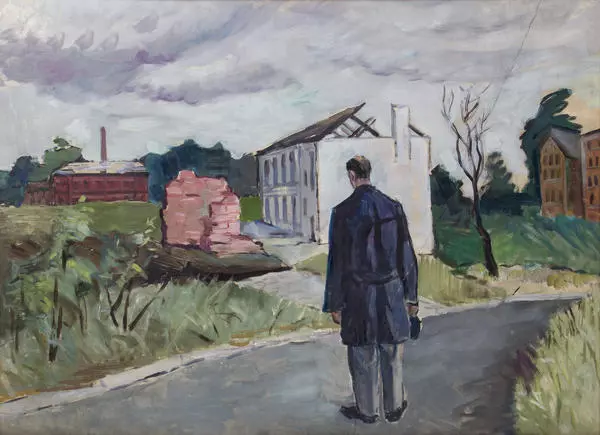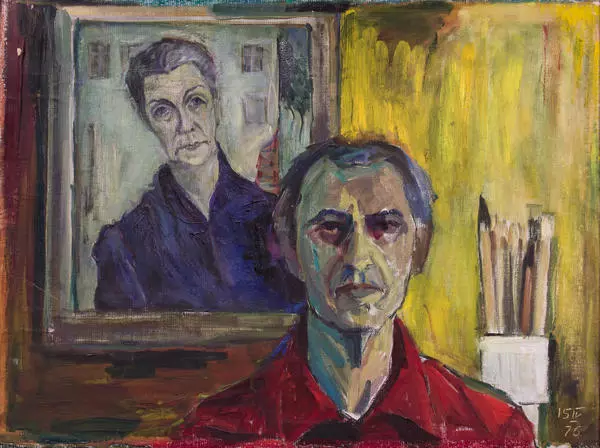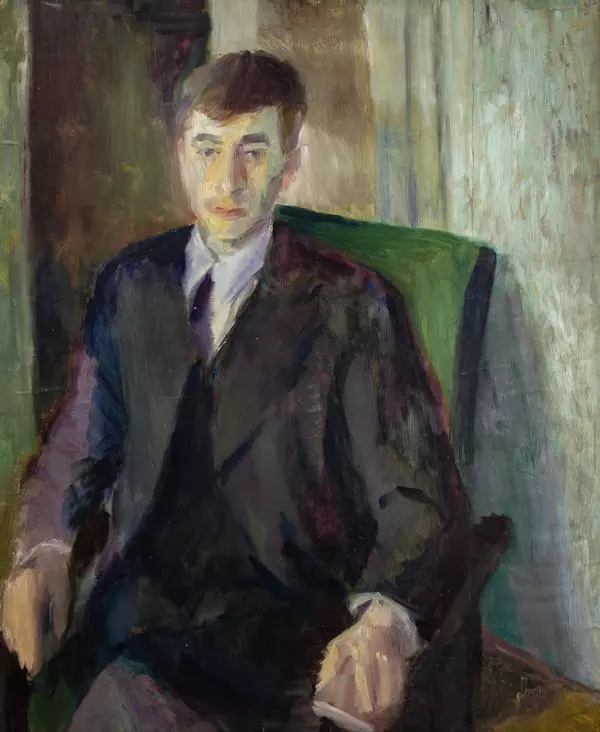In the 1920s Hans Richard - the name Jurgis Preiss he took after his settlement in the USSR - studied at the Koenigsberg Academy of Arts and was a member of the Communist Party of Germany. According to some reports, in 1930 Richard cooperated with the Soviet intelligence through the Comintern, an international organization that united communist parties around the world. In 1933, the Nazis came to power, Preiss left the country and traveled across different European cities: Paris, Berlin, Vienna, Basel, Stockholm, Helsinki.
During those travels Preiss painted to cover his clandestine political activities. The artist mostly worked in the genres of portrait, self-portrait and still life, but he also created many landscape works in those years - most often they were hasty outdoor sketches of places that he visited. The 1938 drawing Helsingfors (Gloomy Landscape) depicts the Finnish capital Helsinki. Prior to Finland’s independence in 1917 it was called Helsingfors in most European languages, or Gelsingfors in Russian.
In his diaries Jurgis Preiss explained his love for the north: “Here (in Scandinavia) the north sea wind blows, and the bare rocks stand everywhere in their greatness and they match so well this pure cold air, which is so different from the soft air of Vienna. Everything is less graded, all objects seem to state themselves sharply, come closer to the viewer due to their clear delineation and clarity…” In this landscape, the artist drew the rocks in the foreground in detail, and depicted the buildings in a more schematic manner.
Preiss gained some popularity in European artistic circles about a year prior to the creation of this drawing - in May 1937 in the gallery of the Dutchman Van Leer on Bonaparte Street in Paris there was opened the first solo exhibition of the artist. French critics met him favorably, that’s what they wrote in the newspapers of those years: ‘The exhibition reveals a whole, subtle and lyrical personality <…> If any classification as a comparison is appropriate in art, we would number the artist among those whom the French call intimists.’
During those travels Preiss painted to cover his clandestine political activities. The artist mostly worked in the genres of portrait, self-portrait and still life, but he also created many landscape works in those years - most often they were hasty outdoor sketches of places that he visited. The 1938 drawing Helsingfors (Gloomy Landscape) depicts the Finnish capital Helsinki. Prior to Finland’s independence in 1917 it was called Helsingfors in most European languages, or Gelsingfors in Russian.
In his diaries Jurgis Preiss explained his love for the north: “Here (in Scandinavia) the north sea wind blows, and the bare rocks stand everywhere in their greatness and they match so well this pure cold air, which is so different from the soft air of Vienna. Everything is less graded, all objects seem to state themselves sharply, come closer to the viewer due to their clear delineation and clarity…” In this landscape, the artist drew the rocks in the foreground in detail, and depicted the buildings in a more schematic manner.
Preiss gained some popularity in European artistic circles about a year prior to the creation of this drawing - in May 1937 in the gallery of the Dutchman Van Leer on Bonaparte Street in Paris there was opened the first solo exhibition of the artist. French critics met him favorably, that’s what they wrote in the newspapers of those years: ‘The exhibition reveals a whole, subtle and lyrical personality <…> If any classification as a comparison is appropriate in art, we would number the artist among those whom the French call intimists.’

